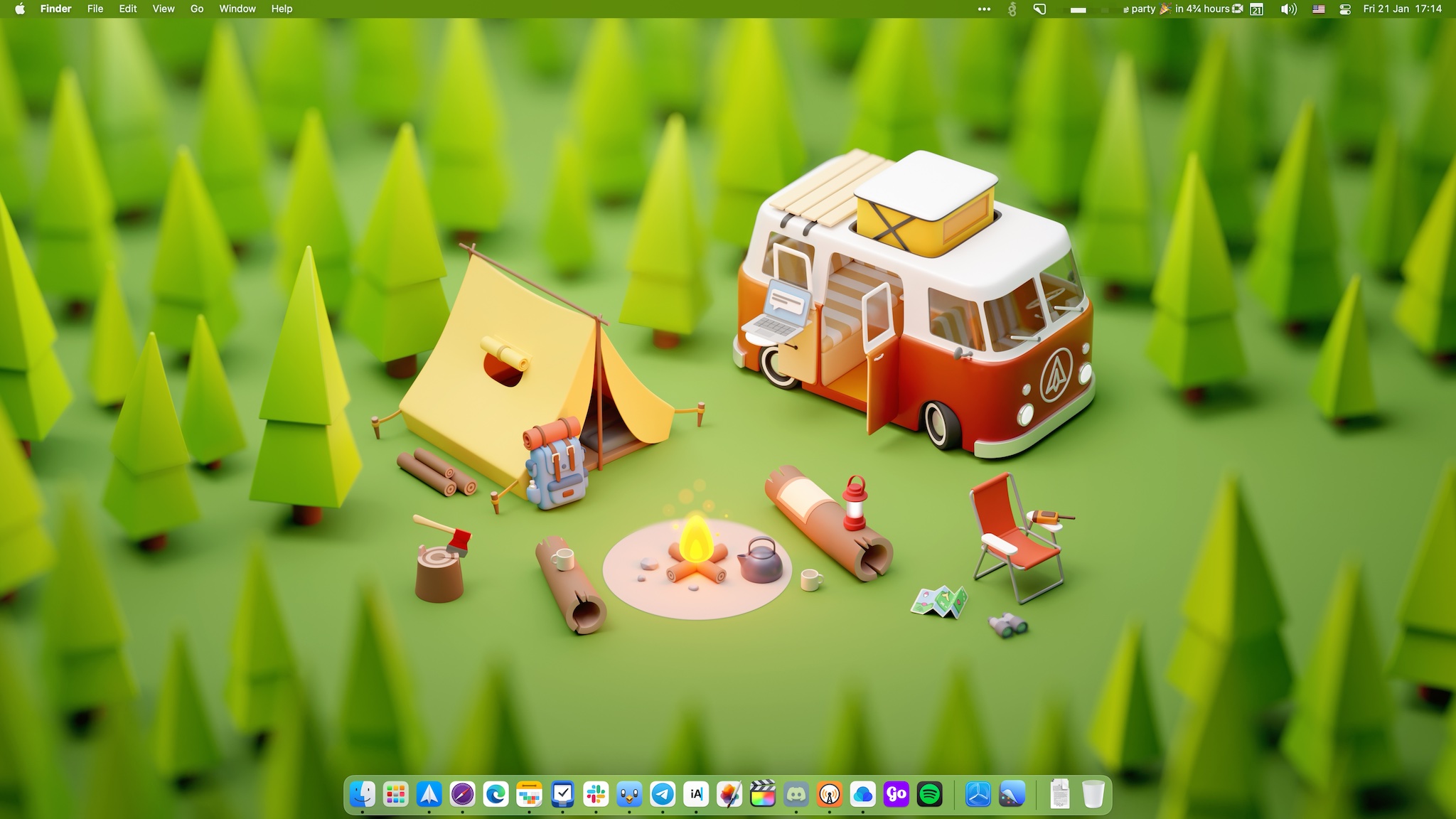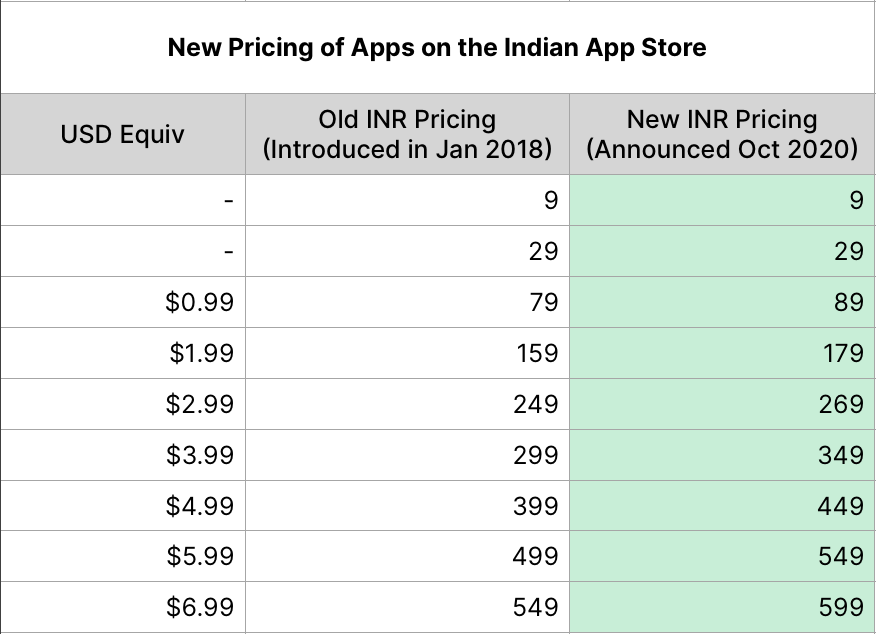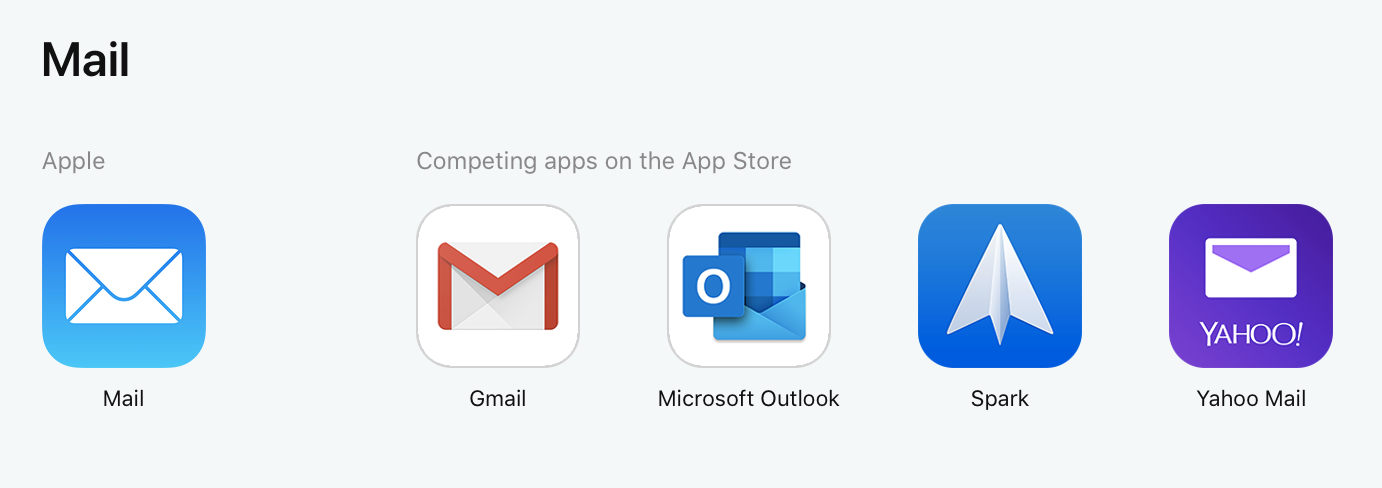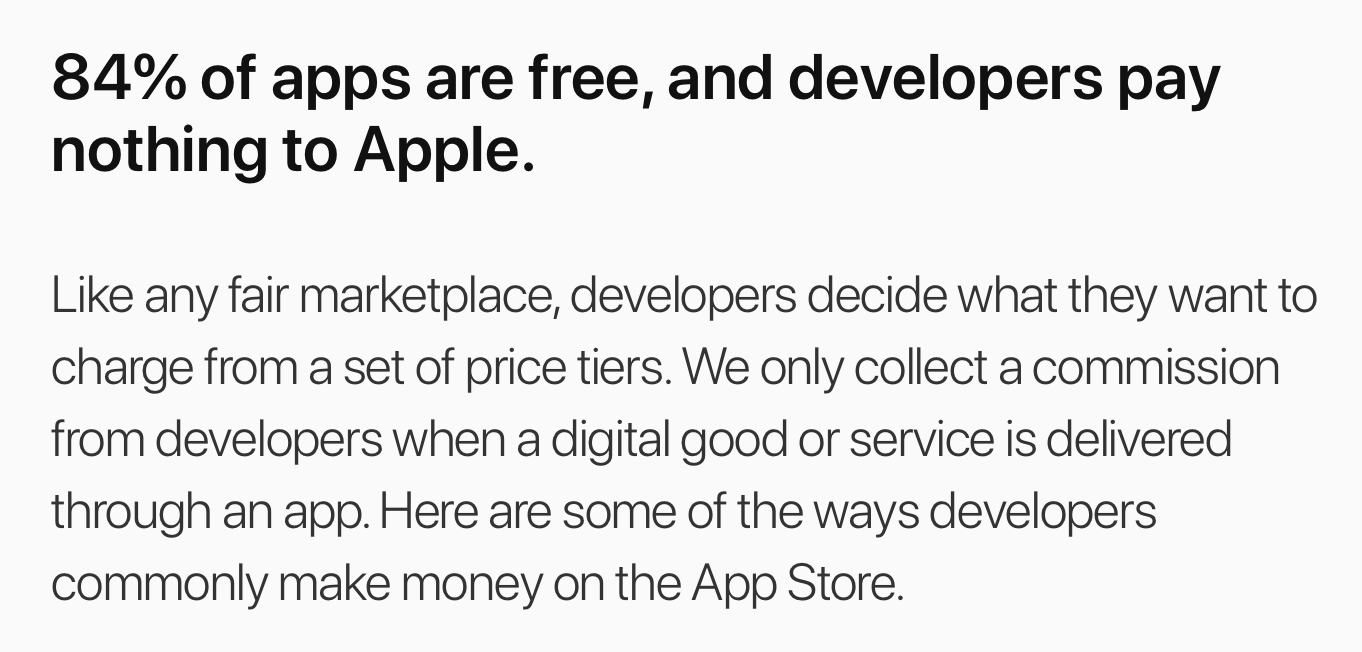This is how the desktop on my M1 Mac mini looks like, as of January 2022.

[Click to view the full-size PNG]
The wallpaper is called “Campfire” and is created by my colleague Denys. He once designed two versions — one for daylight and one for nighttime. I quickly turned it into a Dynamic macOS wallpaper that automatically changes based on the time of the day. I think I’ve had this for over 8 months now, I love it!
I have long been using Safari as my default browser, but recently had to switch to Microsoft Edge (and for some parts, Brave) because of the memory leak issue in Safari on macOS Monterey. Both Edge and Brave are good browsers, so much better than Google Chrome, but still have some minor annoyances & miss features that I’ve been so used to in Safari. So this week, I figured I’ll use Safari Technology Preview till Apple releases a fix for the memory-leak issue. Thankfully, STP hasn’t been suffering from that issue yet.
The other apps that always have a place in my Dock are Spark, Calendars, Things, Slack, Tweetbot, Telegram, iA Writer, Pixelmator Pro, FCP X, Discord, Overcast, Raindrop.io, Gowalla Street Team, and Spotify.
In the menu bar, I have Bartender 4 organising all the variety of icons I have there. From right to left, I have:
Always Visible: Cleanshot X & Wireguard
Hidden: iStat Menus, Dropzone, Pika, Hazel, Day One, Pause, Pandan, and NextDNS.
Always Hidden: Rocket, Backblaze, Creative Cloud, Magnet, and 1Password.



